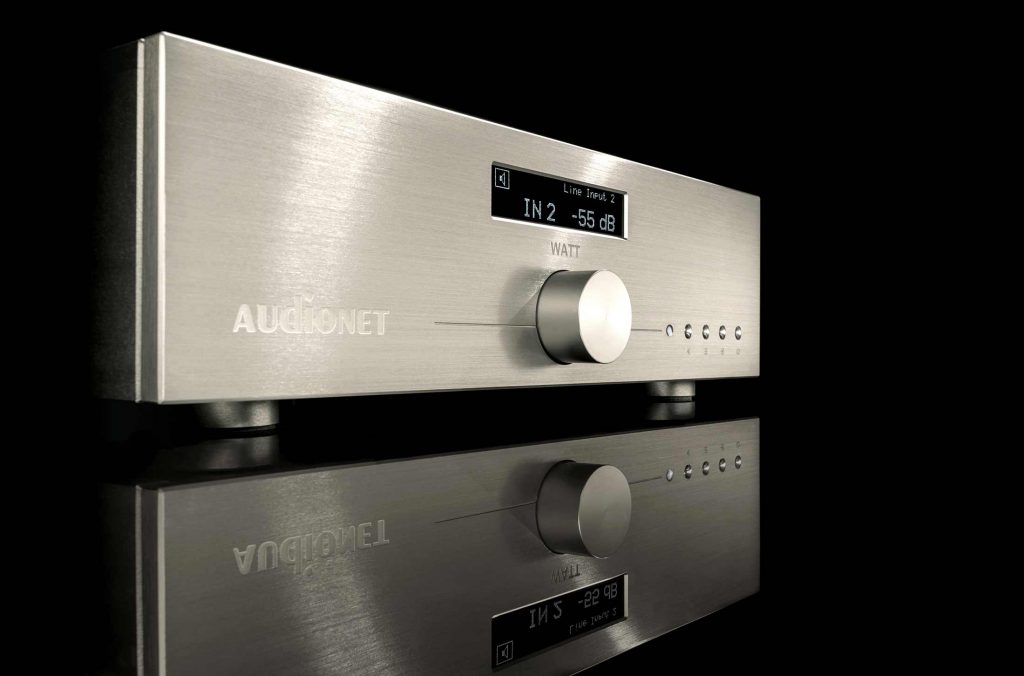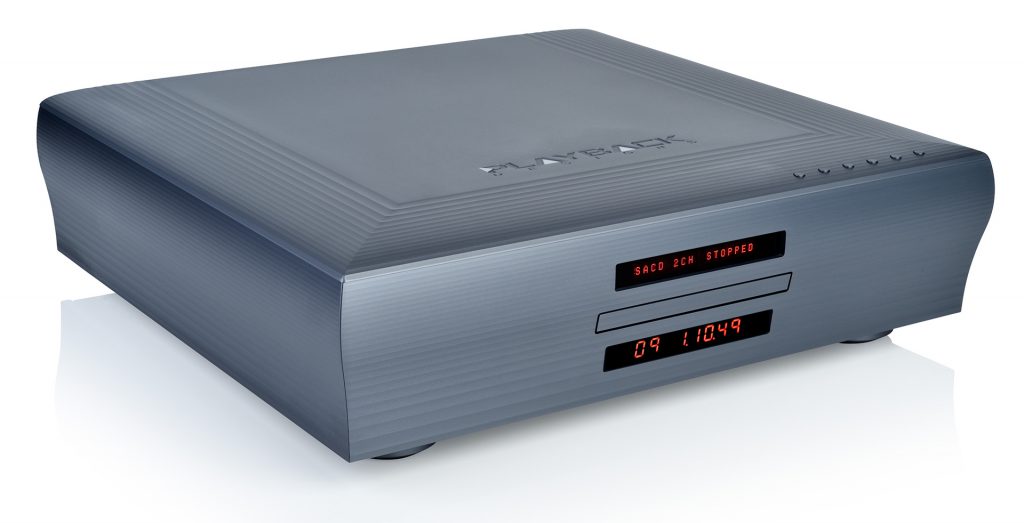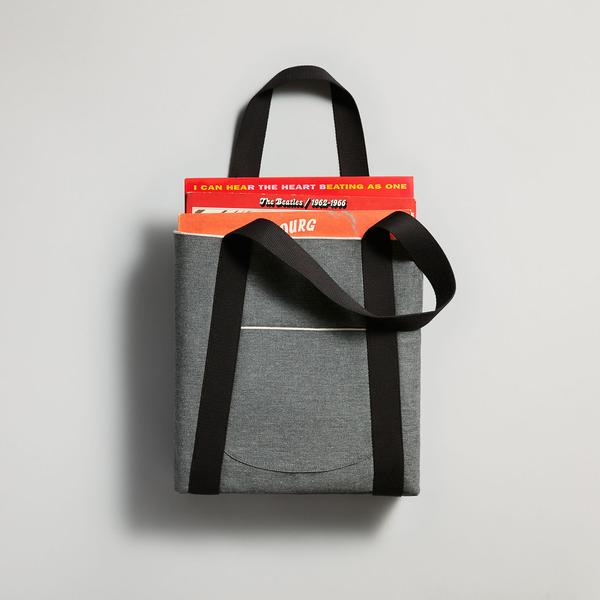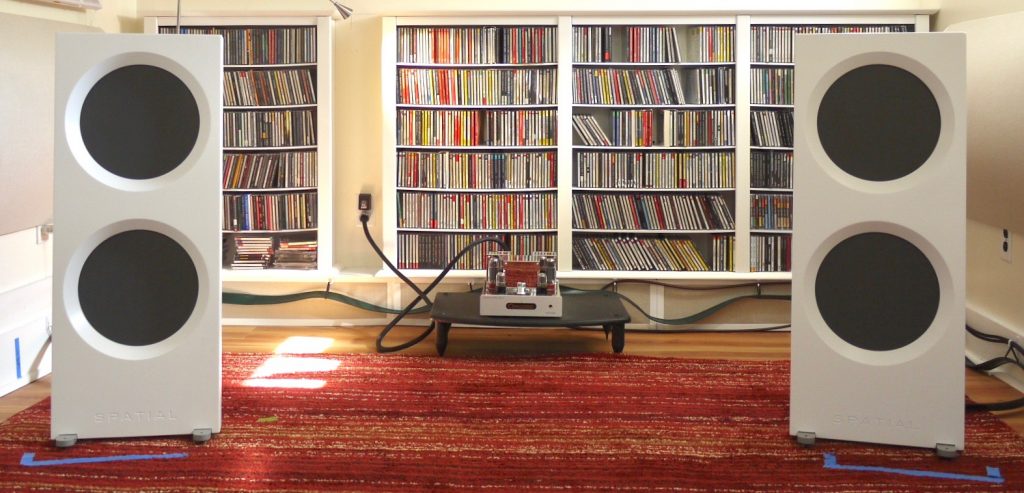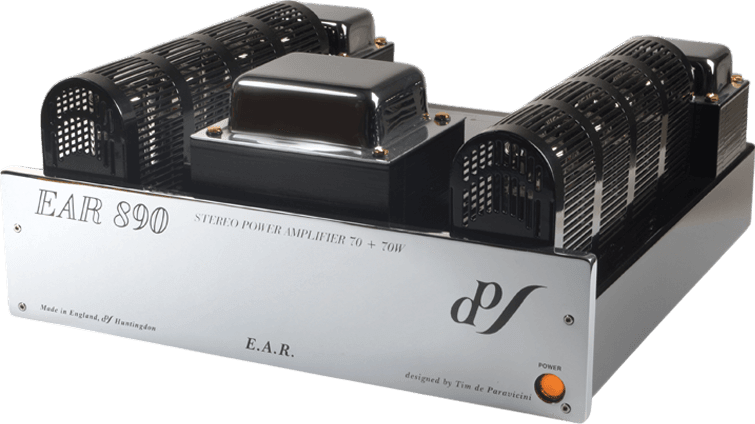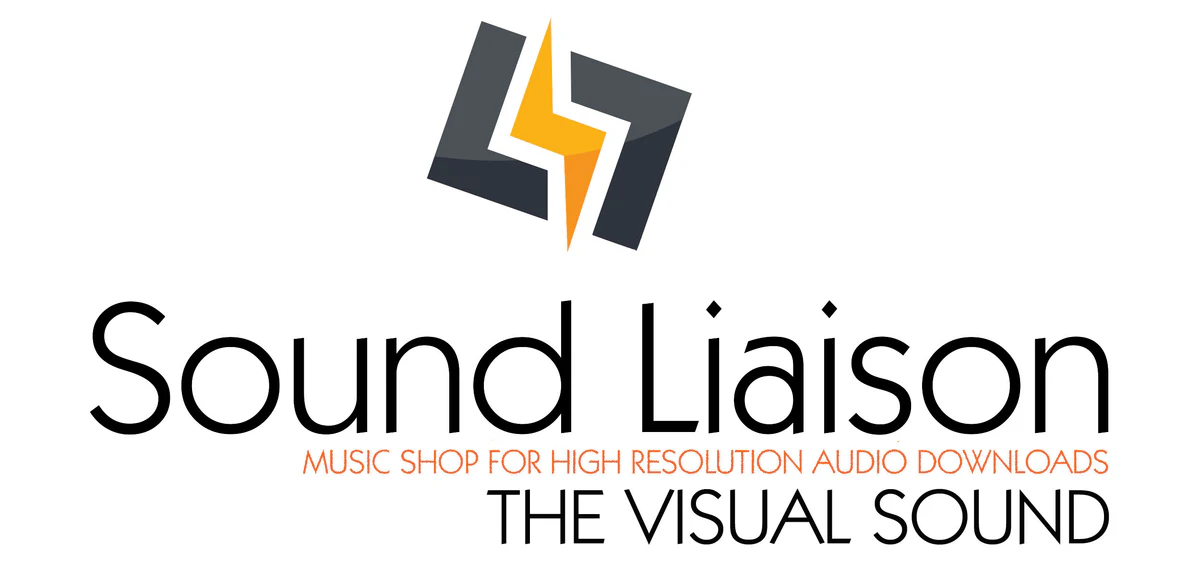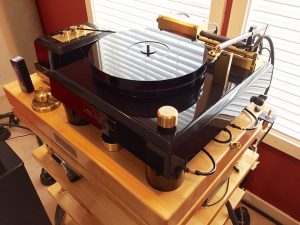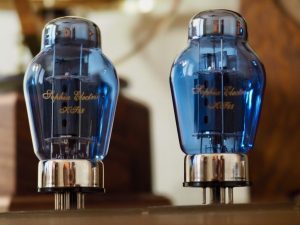Adam Goldfine
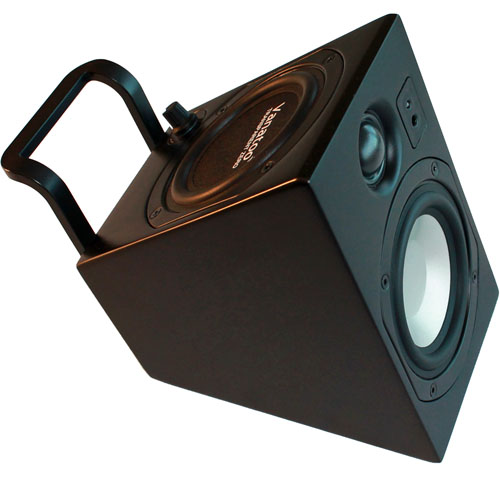
Vanatoo Transparent Zero Loudspeakers $359 a pair
The Vanatoo Transparent Zero loudspeakers are among the most impressive pieces of high end audio gear I've heard in a long time, not because of their ultimate performance, but because of how much they accomplish for so little. For $359/pair you get powered loudspeakers boasting 2 x 48 watts per channel of bi-amplification, a 24/96 DAC with USB and Toslink Optical inputs, Bluetooth wireless and analog input, and a full-featured remote. Add to that a subwoofer output with on-board crossover, DSP processing and incredible set up flexibility. They will work on your desktop, on stands in a modest room, or on a bookshelf.
Of course, a plentiful feature set can be found on many consumer products but what really sets the Vanatoos apart is their truly high end sound. It's entry level, but high end sound nonetheless. Deep within the DNA of these speakers is the audiophile genetic heritage from which they hail. And in that regard the Transparent Zeros are an important product. They put true high end audio well within reach of music lovers of modest means by simply adding a digital source, providing an opportunity for even the most impecunious audiophile to experience the magic of high end audio. And if you want to take it up a notch, just add a subwoofer.
The future of our industry depends on exposing the next generation of potential audiophiles to high end sound, and the Zeros provide the means to do that, financially, technologically and most importantly, musically. Idiosyncratic controls aside (which should be a set once and forget it affair) nothing could be easier or more satisfying than to connect a source to these speakers and have at it.
Read more HERE
Malcolm Gomes

SweetVinyl SugarCube SC-1 $2000
The SC-1 removes pops and clicks from less than mint condition vinyl record playback with minimal effect on the sound quality.
If you are into vinyl, the SugarCube is a "must have" component in your audio arsenal.
Not only will the SC-1 enhance the pleasure of listening to your records that are less than near mint condition, but it will probably change the way you buy records, and also save you a ton of money in the process since you can now seriously consider buying very good and even good condition records that are usually priced exponentially lower than their mint or near mint counterparts. In short, it is a true game changer.
Read more HERE
Maurice Jeffries
Audionet WATT Integrated Amplifier $18,800
For this reviewer, the solid state Audionet WATT integrated amplifier obliterates established audio boundaries (tube vs. silicon, musicality vs. accuracy, and price vs. performance) in the most enjoyable of ways, seamlessly amalgamating everything solid state devotees admire about that breed (the absence of tube hiss, marmoreal bass response, sky-high upper octave extension, superb neutrality, and transient speed), with many of the virtues we routinely associate with the best tubed gear (air, liquidity, tonal richness, superior musical flow, and that subtle halo of ambient warmth and naturalness that makes listening to the best of that breed so much damn fun).
More than any audio component in my experience, the WATT possesses little to no intrinsic sound of its own. With most components, even some very expensive gear, one expects and indeed hears quite easily, colorations and distortions of various sorts, however slight. A dash of added warmth and gentle bit of frequency contouring here; a touch of mid-bass leanness, or by way of contrast, purple ripeness over there; a slightly rolled-off top, or a top-end that comes across as ever so slightly explicit, forward, and ‶whitish.″ Not so the WATT.
Lacking any readily discernible sonic tail of its own, the WATT allows the music to explode into the listening room as convincingly and palpably as any component in my experience. Speakers, both dynamic driver and planar, bend unwaveringly to the WATT′s iron-fisted will, as does, almost preternaturally, the listening room. The little Audionet′s virtually invisible presentation allows tonal and timbral subtleties to shine, ambient details to breathe freely, and dynamics to fire on all 12 of the integrated amp′s turbo-charged cylinders.
In the realm of expensive integrated amps, while I am unable to say unqualifiedly that the WATT trumps all competitors, I do feel safe in declaring the WATT primus inter pares, and a real contender for top high-end honors. My only regret was that I could not afford to buy the review sample.
Read more HERE
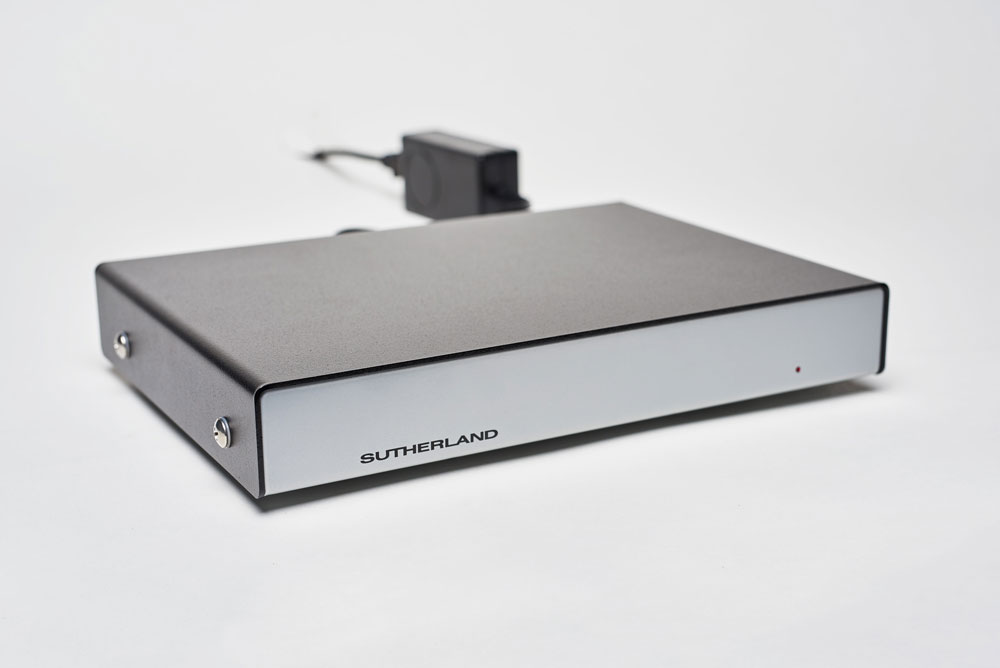
Sutherland Engineering KC VIBE Phono Preamplifier $895
At just under 1/20th the not inconsiderable cost of the WATT integrated, designer-extraordinaire Ron Sutherland′s demure KC VIBE phono stage also pushes boundaries and shatters sonic expectations, albeit in in its own quiet way. Tipping the scales at a scant 6 pounds, the Lilliputian VIBE punches way above its weight-class, hitting with the dynamic clout of a fat-free middleweight, but with nary a trace of hardness or glare.
The VIBE eschews the thickly-machined aluminum faceplates and physically isolated power and phono circuit boards seen in Sutherland′s pricier models. The chassis consists of artfully folded steel sheets bolted together to create the phono-stage body. The bottom sheet is powder-coated in a tasteful silver finish that resembles aluminum. Cost-effective, yes, but also cute-as-a button.
Tonally, the VIBE proudly upholds the brand′s tradition of unforced naturalness, textural vibrancy, and overall ‶pepperminty″ timbre, sounding just a tad lean when compared to my $3000 reference. The frequency extremes are handled deftly, and more importantly, musically, especially given the reasonable entry tariff. Highs shimmer with just enough filigreed detail to satisfy over the long haul, and bass notes thunder with enough grunt and weight to serve the music faithfully.
I closed my review by observing that the littlest Sutherland preamplifier presents a real challenge for phono stage designers charging more, but all too often delivering much, much less musically, for their products. Student-loan strapped younger audiophiles curious to hear what the good stuff sounds like should give the VIBE a listen, as should anyone shopping in the $800-1200 phono stage market.
Imminently musical, uncharacteristically refined, and oh so affordable, I can′t help but sing the praises of the VIBE to the highest!
Read more HERE
Danny Kaey
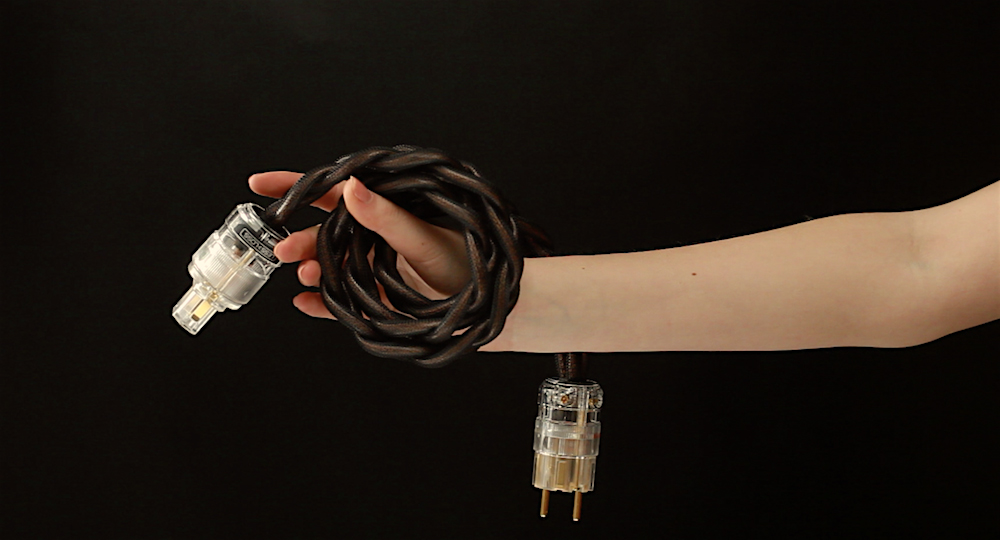
LessLoss C-MARC power cable and phono cable (price varies depending on cable type and length)
When, in mid 2017, Louis Motek scripted a brief yet impactful email pre-announcing in typical LessLoss form an as yet to be launched all new DFPC cable replacement, my ears immediately perked. Not that I don't get these emails many times a month from other manufacturers; I have come to learn that when Louis sends these, they usually are connected to most impressive advancements of his line of cables, digital products, and power accessories. Thusly, when the opportunity presented itself to audition C-MARC power cables and a C-MARC phono cable, I proceeded without hesitation. My hunch was that these new offerings would indeed not only surpass their previous offerings, rather, they would set a new benchmark for years to come.
And so it was indeed. C-MARC represents LessLoss' biggest step forward in cable geometry and design; to put succinctly, it is a genuine leapfrog over what was there before. First, the noise floor is dramatically lower which means that dynamic swings are far more noticeable and tonal colors appear far more technicolor like. Put differently still, C-MARC not only promises the goods, it delivers them in spades. Noteworthy is C-MARC's flexibility and cable elasticity: too often cables are not very malleable resulting in odd angle attachment scenarios and the occasional emotional outburst when attempting to connect somewhat hard to reach components. Finally, C-MARC's phono cable is the single best such cable that has passed through my system. Currently leashed to the Thales Simplicity II arm with Lyra Atlas, the inherent benefits of C-MARC perhaps most easily come to light. Precisely because the minuscule phono signal is so vulnerable to outside influence, a very special cable geometry is needed for preservation. C-MARC performs this rather well. Given the direct to consumer sales model, pricing is far more affordable than you'd expect from a top-flight manufacturer. A definite must listen; Warning: audition guaranteed to yield impressive results.
Read more HERE
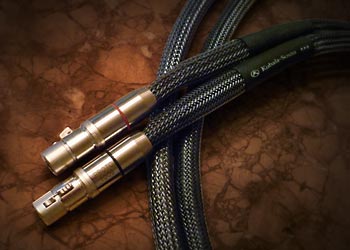
Kubala-Sosna Elation! (price varies depending on cable type and length)
As I had mentioned in my Elation! preview, KS are on a journey that's practically second to none. From virtually unknown to hero in record time, Kubala-Sosna succinctly signifies what high-end audio is all about: the constant, never-ending pursuit of improving the status quo. Most noteworthy and indicative of Kubala-Sosna's quest for inherent value is that the precursor to Elation!, Emotion, is still a formidable product in KS' lineup of cables, some 12 years on since inception. Meanwhile, my first glimpse of Elation! came at CES 2009, when those seeking perfection to demonstrate their highest of high-end offerings all chose Elation! for exactly such purposes. Even more shocking—in a distinct nod to the timelessness of Emotion—is the fact that in late 2018 I am in the midst of finalizing my review of Elation!, some 9 years after launch. Frankly, this sort of inherent value is most assuredly not normative of all things high-end audio. In an age where only more appears to be definitively more, I find it gallantly galvanizing that Kubala-Sosna elects to inspire confidence rather than jump the gun in feverish yearly upgrade cycles.
To say that Elation! is merely a cable, is to deny yourself the cumulative benefits it brings to the system, particularly once you begin leashing more than just one component. Here, the system approach is definitely a must audition proposition. While single Elation! produces the hallmarks of the KS sound with near infinite resolution, a genuine natural sound devoid of emphasizing certain frequencies to appear more resolute, a complete cable system will leave you quite speechless, I assure you. No matter the material, or source for that matter, Elation! brings a certain sense of inherent authority to the sound which, quite frankly, can lead to addictive behavior. Perhaps Ted Turner was right after all, only more is in fact more. Frankly, Elation! is a must audition for any top-flight, end-game system and based on my experience, is in fact just that.
Read more HERE
Playback Designs MPS-8 $28,500
It was in 2010 that I first became smitten with Andreas Koch and his company, Playback Designs. The MPS-5 up until recently, became my go-to digital playback benchmark; natively decoding DSD and hi-res PCM as well as providing exceptional CD playback via its built in TEAC sourced transport, I enjoyed many a disc and hi-res file through this machine. First to market the concept of leveraging a distinct, programmable chip, "FPGA", and providing user upgradeable software updates, Andreas Koch quickly became mainstream digital design genius on the HiFi side of the pond. His chops firmly established on the professional side with Studer, Sony, and many other consultancies, Andreas, in typical Swiss fashion, brought a certain sense of Gründlichkeit to high-end audio. Also among the first to recognize that computer based streaming via USB would become de-facto mainstream, the MPS-5 via its supplied USB-X module, quickly rose to computer playback fame.
Since 2010, digital has moved the needle considerably with many changes having taken place. Tidal, Qobuz (soon to launch in the US), NAS drives, and ever higher resolution formats have taken over the asylum. To boot, robust, audiophile approved CD drives have practically become non-existent and thus manufacturers are presented with a dilemma: to CD drive or not. Fortunately, Andreas Koch is resourceful and with his steadfast belief that physical digital media still has a place, he managed to source a true, bona fide high-end disc player mechanism. Incorporated into the MPS-8, and having requested the optionally available "streamer" network module, I have been in possession of the finest to date digital playback workstation. The all-new analog and digital design becomes immediately apparent when listening to hi-res files, CDs, or streaming Tidal (or Qobuz). Fully Roon compatible, the MPS-8 takes each medium to levels of fidelity that are truly spectacular and without question, best-in-class. Review forthcoming, but don't hesitate to audition this ne-plus-ultra jewel.
Review coming
Koeppel Design Record Tote $109
It was sometime in 2017 that I had finally decided to organize my record collection. Frankly, it became quite ludicrous to find anything, much less a specific record. Immediately I knew that if in fact I would attempt to organize some 6000+ records, I would need to do it right one time, and hopefully never again. The task appeared rather simple: genre, alphabet, bingo. What in theory is simple, in practice turns out to be far more daunting. Fortunately, a friend came to my aide and the task was completed within 7 days. No joke. But something was missing. Having spent some time online looking at various record dividers to make the task of finding your A, B, Cs easier, I came across Kate Koeppel. Going far beyond what you would expect a simple "record divider" to look like, Kate and her team took it upon themselves to create a value product in a sea of plastic crap. CNC cut from solid wood, each of the Koeppel Design dividers form an integral part of enhancing your record collection: adding style, artisanal workmanship and slick looks to album dividers is no easy task, yet, somehow, Kate and team did just that. Today, my records are all organized and looking for a specific album is a matter of mere seconds, not hours. The fact that all of Koeppel Design's products are made locally in San Francisco is an altogether even more compulsory reason to support this team.
Fast forward to late summer, an email appeared in my inbox: "Danny, thought you might find this of interest: we just announced our latest product, a record tote. Happy to send you one if you are interested in checking it out." The fact that I had literally cursed out all of my previous bags, plastic or otherwise, just a few days prior, must somehow have reached Kate via subliminal messaging. Too big, too small, too narrow, too wide; too flimsy, too sturdy. It seemed that no matter the frivolous attempts at finding the right record tote, I simply kept striking out. Well, the day has finally come. Apparently with foresight, Kate and team developed a record tote that fit perfectly, properly and permanently, so much so, that several record shopping excursions later, I find myself carrying the new Koeppel Design tote with me practically everywhere I go. Designed with the proper support—you guessed it, a custom laser cut and engraved wood base—the tote will carry records, more records, or even more records in style. Available in different colors, made from Japanese selvedge denim, this tote is killer. Most highly recommended.
Read more HERE
Bruce Kinch
Spatial M4 Triode Master Loudspeakers $2995 a pair
The Spatial M4 Triode Master open baffle loudspeakers continue to perform well beyond all my expectations. While my review intentionally focused on how well these controlled dispersion dipoles worked in my particularly challenging room, I am quite confident they would work as well—or better—in more conventional environments. One does need to keep them several feet from the front wall, but as they are less affected by side-wall issues than typical box speakers, they do allow plenty of flexibility in placement for optimum results.
Read more HERE
However, I did also express some minor caveats that I should address given my further experience with the M4s. In particular, I had minor concerns about dynamics, high frequency air, and bass extension. I had basically inserted the M4s into a system "tuned" to my quite different Amphion Xenon speakers, which employ all aluminum drivers. The first hint that I wasn't getting the best out of the 12 Ohm, 93dB efficient Triode Masters was when I replaced my 80-150-wpc solid-state amps with the amazing 8-wpc Coincident Dynamo 34SE MkII SET amp.
Coincident Dynamo 34SE MkII SET Amplifier $1495
I can't officially give the Dynamo an award as I didn't review it, just purchased it based on a friend's raves. Adding the Statement power cord on Coincident honcho Israel Blume's recommendation upped the performance so markedly I bought another cord for the Oppo 205. Which led me to buy one of their interconnects, each cable easily bettering what I had carefully and happily matched to the solid state amp/metal driver speakers in my previous rooms. With all due respect for the vast universe of dedicated cable manufacturers out there, let me suggest that a company whose main product lines are efficient loudspeakers and tube amps can have a special insight into what cables work best for such products, even if they don't take out full page ads in the magazines (or charge enough to pay for them). Oh, and I swapped out the stock tubes for NOS 6SL7s and Gold Lion KT77s, too. Consider any previous reservations about dynamics, air, etc. null and void. While the low bass is still limited, the quality of bass is superb.
When I started my Spatial review, I wrote that I did not trust loudspeaker reviews. My experience with the Spatial M4/Coincident 34SE MkII combo only reaffirmed my feeling that like so much in audio, loudspeaker performance always ends up system and room specific. That said, both products-and both companies-deserve my highest recommendation.




